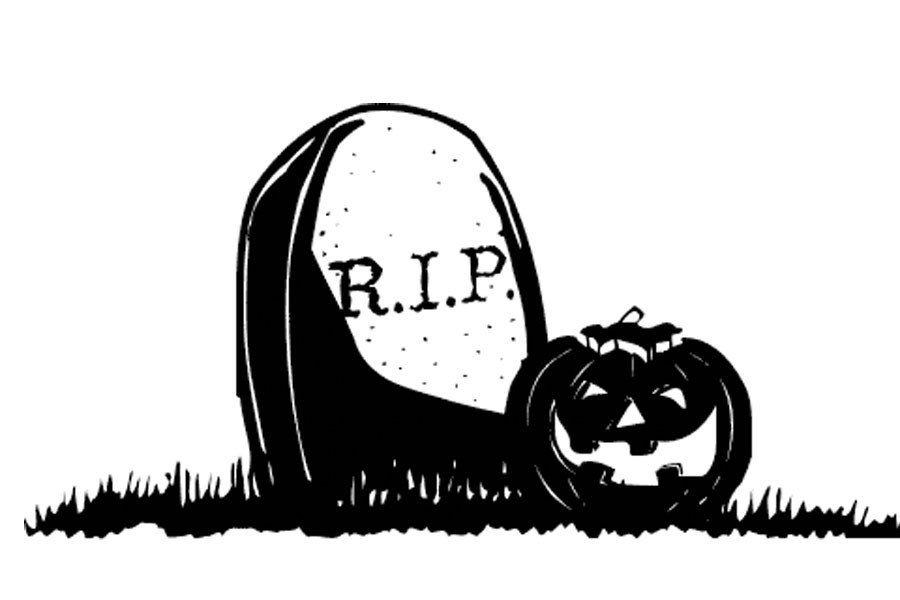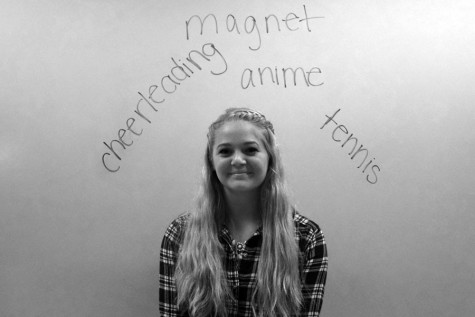Celebrating sweets
October 29, 2015
Many people believe the days surrounding Oct. 31, have a connection to the spirit world. Throughout history, there have been many names for this day including Samhain, All Souls’ Day, Day of the Dead, All Hallows Eve and Halloween.
Samhain began as a Pagan or Wiccan event celebrating the astronomical midpoint between the Fall Equinox and Winter Solstice. It included feasts, bonfires and dressing up with animal heads. They believed the veil between worlds was the thinnest, giving people the ability to tell the future. Leaders used this power to predict weather and success of the crops. A main tradition and common practice among Wiccan is to build altars. The altars built around Oct. 31, however, had a more specific purpose- honoring the dead. While people visit headstones of loved ones, they also reflect on those with no family. Samhain is largely intended to pay respect to those who do not have loved ones to do so.
Another similar holiday taking place this time of year is the Day of the Dead, or Dia de los Muertos in Spanish. Primarily a celebration in Mexico, the day is set aside to remember the deceased. The idea came from ancient Aztecs, who did not see death as an end, but as a continuation of life. Some believe it is a day when it is possible for the dead to return and visit the living. For the most part, it is a joyous holiday consisting of parades and parties, but there is a more serious side causing some fear. People are expected to build altars for passed loved ones, and if it is not done, the spirit may become angry and vengeful. Therefore, the majority of the population participate in this tradition.
In the Christian religion, it is still debated whether or not to celebrate Halloween. The holiday has no correlation to the Christian beliefs. The holiday as we know it is more of a Catholic creation than an adaptation of the Wiccan celebration. The meaning of the veil between worlds became less about enlightenment and more focused on theological demons. The astronomical event was commercialized with the ghouls around the 1900s and became solely a day to dress up in mass produced costumes and demand candy.
Currently, Oct. 31, is about getting a good fright. It is a time ruled by corn mazes and horror films. The last Fridays of October 2014, 11 of the 15 movies released have to do with the horror/thriller theme associated with Halloween. The amount of money spent on, what to most of us is meaningless, is estimated at an average $77.52 per person. That means a total $7.4 billion spent by Americans this Halloween. This is a great example of the waste America indulges in.
Next time someone demonizes Halloween, look back to its beginnings. It started simply as a day to appreciate and recognize the circle of life. Do not be consumed by the commercialism and negativity brought upon this day by the media. Be aware of the history.



